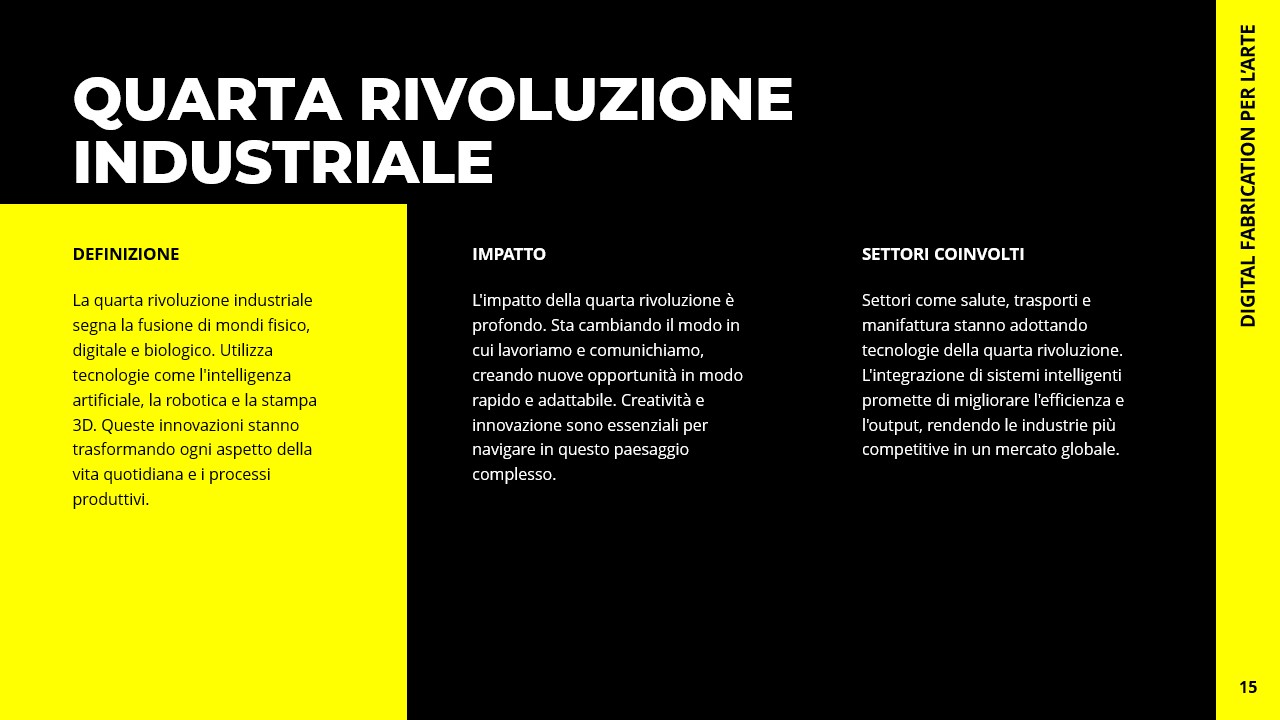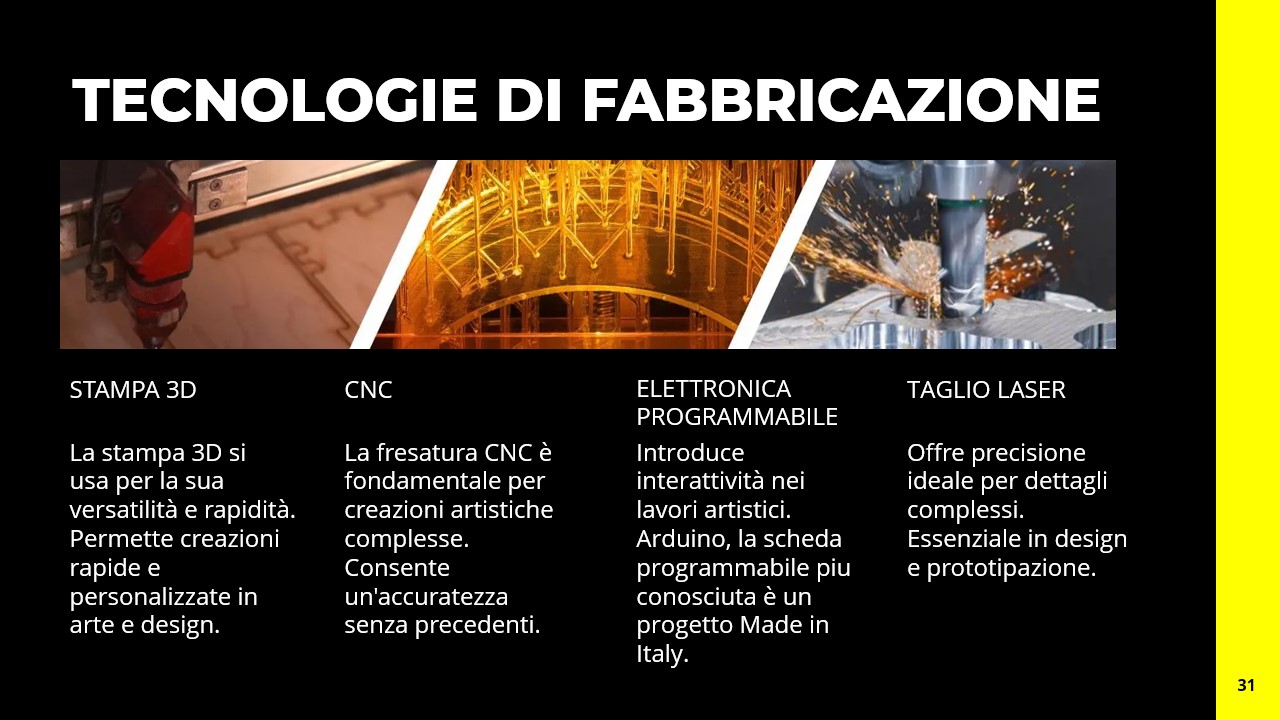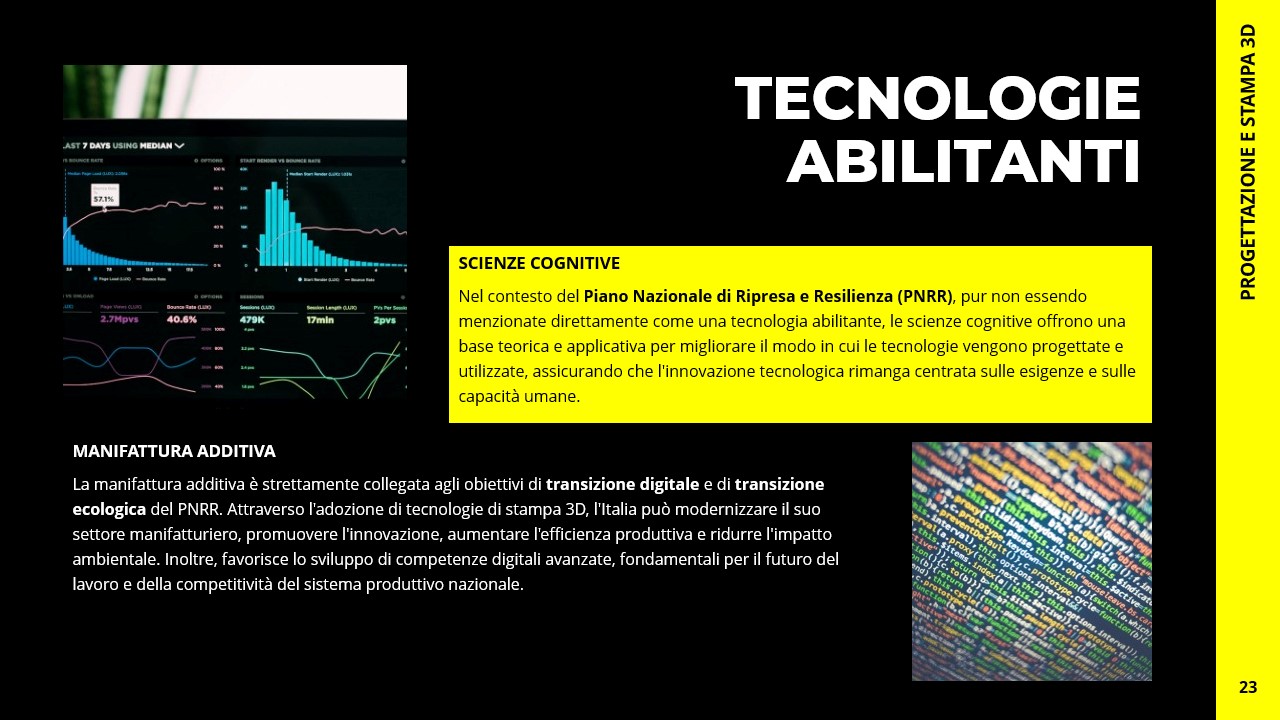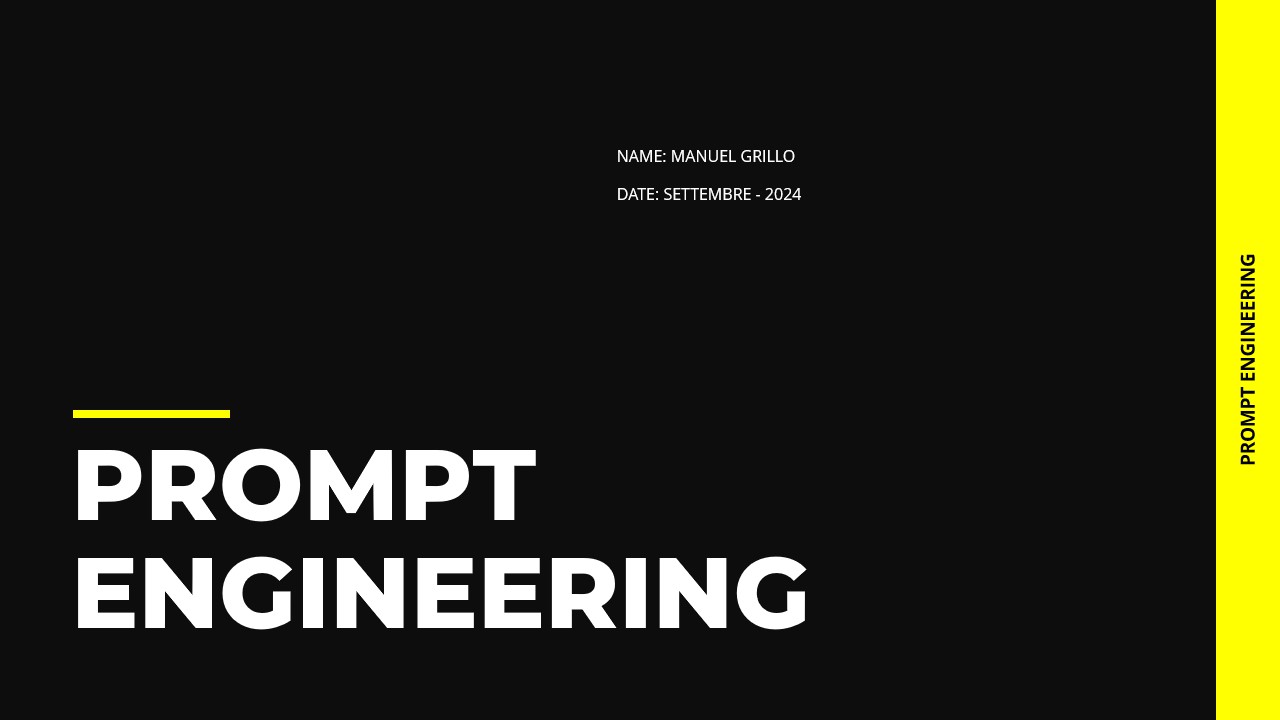Today was held the first meeting of the Course on “Innovative Methods and Techniques for Art History,” which I am teaching for the 2nd Level Master’s Degree “New Technologies for Communication, Cultural Management and Art History Teaching: for an Immersive and Multisensory Enjoyment of Cultural Heritage”-organized by the University of Rome Tor Vergata.
Topics include 𝐈𝐧𝐭𝐞𝐥𝐥𝐢𝐠𝐞𝐧𝐳𝐚 𝐀𝐫𝐭𝐢𝐟𝐢𝐜𝐢𝐚𝐥𝐞, 𝐃𝐢𝐠𝐢𝐭𝐚𝐥 𝐅𝐚𝐛𝐫𝐢𝐜𝐚𝐭𝐢𝐨𝐧, 𝐀𝐫𝐭𝐞 𝐆𝐞𝐧𝐞𝐫𝐚𝐭𝐢𝐯𝐚 and more.
In this phase of profound technological transformation, which some, including myself, like to call the Digital Renaissance, the approach to laboratory-based education is revolutionizing the educational system.
The advent of FabLabs, coworking spaces where designers, engineers, psychologists, artists and makers collaborate to prototype innovative products and services, has accelerated the evolution of traditional education, so much so that today there is talk of implementing Creative Ateliers within every educational institution.
A radical shift is taking place: from an education that suffers technology, to one that exploits it proactively and creatively.
Thanks to 4.0 technologies – 3D printers, laser cutters, CNC milling machines, AR, VR and Artificial Intelligence – students are no longer just using digital tools passively, but learning to hack them and customize them for their own needs.
This process not only develops technical skills, but also fosters the ability to think critically and innovatively, transforming students into active players in technological and social innovation.
These skills are also fundamental for the Italian tourism and cultural sector, which can exploit technology to enhance its artistic heritage through immersive and multisensory experiences, thus improving the enjoyment of cultural heritage.










